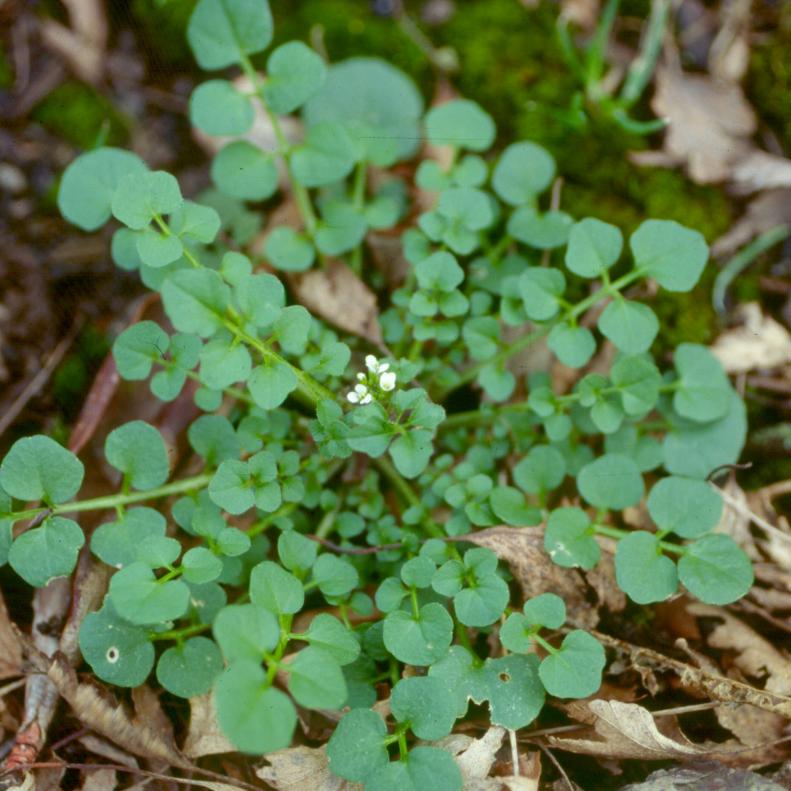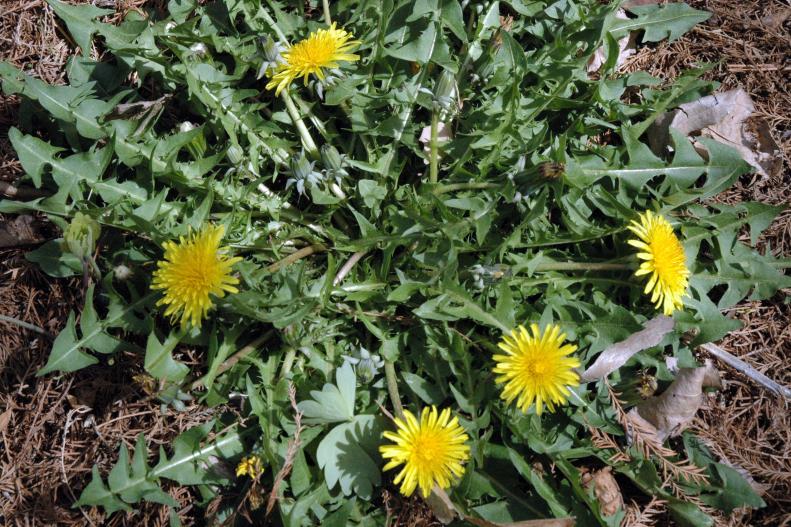1 / 13
Photo: Image courtesy of Preen
Bittercress (Cardamine spp.)
Bittercress makes an early spring appearance, often sprouting before all danger of frost has passed. It’s also known as shotweed due to exploding seed capsules, which fling seeds far and wide. Mild winters and wet springs provide ideal growing conditions. Hand-pull if just a few; apply pre-emergent herbicide in fall to foil seed sprouting. Otherwise, keep bittercress mowed to prevent seeds from forming and shooting all over the yard.









